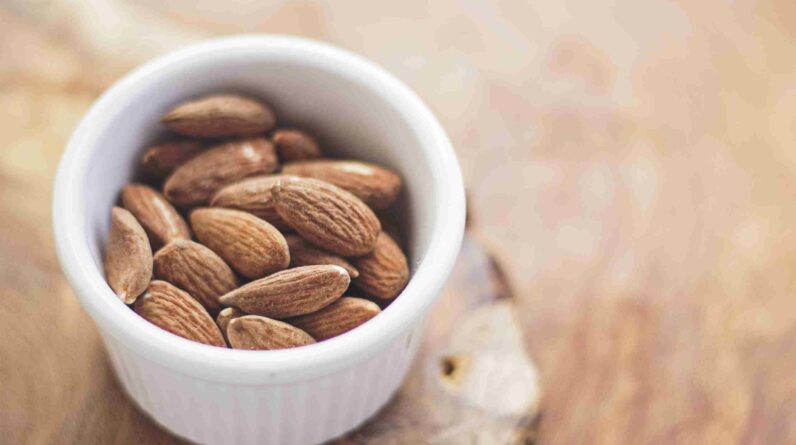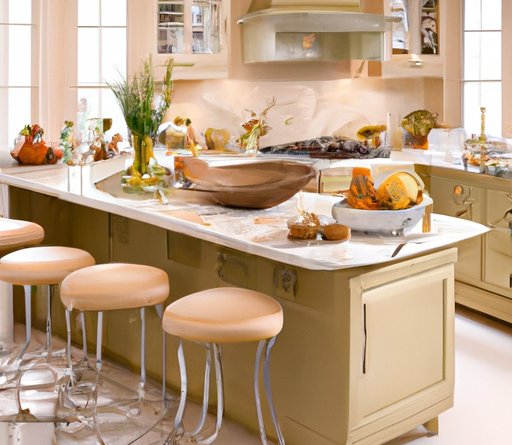When it comes to cooking, we all try to use the best tools to achieve the tastiest results. However, with countless options available, it can be confusing to know which cookware is best suited for different dishes. One common dilemma that often leaves us scratching our heads is the difference between a Dutch oven and a regular pot. While they may seem similar at first glance, these two cooking vessels have distinct characteristics that can greatly impact the flavor and texture of our culinary creations. Join us as we explore the nuanced differences between a Dutch oven and a regular pot, so you can make an informed decision the next time you step into the kitchen.
Material
Dutch Oven
A Dutch oven is typically made from cast iron, which gives it excellent heat retention and distribution properties. The cast iron construction helps to evenly cook food, preventing hot spots and ensuring that every bite is cooked to perfection. The thick walls and base of a Dutch oven also help to retain heat, keeping your meals warm for longer periods of time.
Regular Pot
On the other hand, a regular pot is commonly made from stainless steel or aluminum. These materials do not retain or distribute heat as effectively as cast iron, which can result in uneven cooking. Regular pots do not have the same heat retention capabilities as Dutch ovens, meaning your food may cool down more quickly.
Design and Construction
Shape and Size
Dutch ovens are known for their distinct shape, typically having a wide base with high, straight sides. This design promotes even heat distribution and allows for versatile cooking methods. They come in a range of sizes, from small 2-quart options to larger 7-quart models, providing plenty of capacity for various recipes. Regular pots, on the other hand, come in a variety of shapes and sizes, depending on their intended use.
Handles and Lid
Dutch ovens are equipped with sturdy handles on each side, making them easy to lift and transport, even when filled with food. The lids of Dutch ovens are also designed to fit tightly, helping to lock in moisture and flavors. Regular pots typically feature a single long handle and a lid, but may not have the same robust construction as Dutch ovens.
Weight
Due to their cast iron construction, Dutch ovens tend to be heavier than regular pots. While this may make them slightly less portable, the weight actually contributes to their excellent heat retention capabilities. Regular pots, often made from lighter materials like stainless steel or aluminum, are generally much lighter and more manageable to use.
Heat Distribution
One of the key differences between a Dutch oven and a regular pot is the way they distribute heat. Dutch ovens, with their cast iron construction, excel in even heat distribution. The thick walls and base of the Dutch oven retain heat, allowing it to distribute evenly throughout the pot. This ensures that your food cooks consistently, without any hot spots that could lead to unevenly cooked meals.
Regular pots, especially those made from stainless steel or aluminum, do not distribute heat as effectively as Dutch ovens. These materials are not great conductors of heat, meaning that hot spots may develop within the pot. This can result in some parts of your food cooking faster than others, potentially leading to burnt or undercooked sections.
Heat Retention
The cast iron construction of Dutch ovens also contributes to their exceptional heat retention. Once heated, cast iron retains heat very well, allowing your food to stay warm even after the heat source has been removed. This is particularly advantageous for slow-cooking recipes or when serving meals at the table, as it ensures that your dishes are still piping hot when it’s time to eat.
Regular pots, despite their stainless steel or aluminum construction, do not retain heat as effectively as Dutch ovens. Once the heat source is removed, the pot quickly cools down, which may affect the temperature of your food. This can be especially noticeable when serving dishes that need to be kept warm for an extended period of time.
Versatility
Dutch ovens are renowned for their versatility in the kitchen. With their even heat distribution, excellent heat retention, and roomy capacity, they can be used for a wide range of cooking techniques. From braising and stewing to baking and frying, a Dutch oven can handle it all. Its versatile design makes it a favorite among both professional chefs and home cooks.
Regular pots, while functional for basic cooking tasks, may not offer the same versatility as Dutch ovens. Their heat distribution and retention properties are often not as exceptional, limiting the range of recipes and cooking methods they can handle effectively.
Cooking Methods
Thanks to their exceptional heat distribution and heat retention properties, Dutch ovens are perfect for a variety of cooking methods. They can be used on stovetops, in ovens, and even over open fires. Dutch ovens are ideal for traditional slow-cooking methods, such as braising or simmering, as they allow the flavors to meld together beautifully over extended periods of time.
Regular pots, while suitable for basic cooking methods like boiling or sautéing, may not be as suitable for slow-cooking techniques. The materials used in regular pots may not distribute or retain heat as effectively as Dutch ovens, potentially resulting in unevenly cooked or less flavorful dishes.
Cooking Surface
The cooking surface of a Dutch oven is typically made from seasoned cast iron. This naturally non-stick surface adds an extra layer of convenience to your cooking experience. It allows for easy release of food, making cleanup a breeze. The seasoned surface also develops a beautiful patina over time, enhancing its non-stick properties and adding a touch of rustic charm to your kitchen.
Regular pots often have a stainless steel or aluminum cooking surface, which may not have the same natural non-stick properties as seasoned cast iron. This can make cleanup a bit more challenging, as food may stick to the cooking surface.
Cooking Techniques
The design and construction of a Dutch oven make it suitable for various cooking techniques. Its even heat distribution, excellent heat retention, and versatile design allow for a wide range of cooking methods. From searing and roasting to baking and deep-frying, a Dutch oven can handle it all.
Regular pots, while functional for basic cooking techniques like boiling or sautéing, may not offer the same versatility. The materials used in regular pots may not distribute heat as effectively or retain heat for as long as Dutch ovens, potentially limiting their use for certain cooking techniques.
Maintenance and Care
Proper maintenance and care are important for both Dutch ovens and regular pots to ensure their longevity and optimal performance.
For Dutch ovens, it is essential to season the cast iron surface regularly to maintain its non-stick properties and prevent rust. This involves applying a thin layer of oil and heating the pot to create a protective barrier. Dutch ovens should be hand-washed with mild soap and water, avoiding harsh abrasives that can damage the seasoned surface. After washing, it is important to thoroughly dry the pot to prevent rusting.
Regular pots made from stainless steel or aluminum are generally easier to care for. They can be washed with soap and water or placed in the dishwasher for cleaning. It is important to avoid using abrasive cleaners or metal utensils that can scratch the cooking surface.
Cost
Dutch ovens, particularly those of high quality and reputable brands, can be quite expensive. The cast iron construction and excellent heat retention properties contribute to their higher price point. However, investing in a Dutch oven can be worthwhile for avid cooks who value versatility and exceptional cooking performance.
Regular pots, made from more affordable materials like stainless steel or aluminum, tend to be much more budget-friendly. They are widely available in various price ranges, making them accessible and affordable for most households.
In conclusion, while both Dutch ovens and regular pots serve their purpose in the kitchen, there are notable differences between the two. Dutch ovens, with their cast iron construction, exceptional heat retention, and even heat distribution, provide versatile cooking capabilities and deliver consistently delicious results. Regular pots, while functional for basic cooking tasks, may not offer the same level of performance and versatility. Ultimately, the choice between a Dutch oven and a regular pot depends on individual cooking preferences, budget, and desired cooking techniques.









